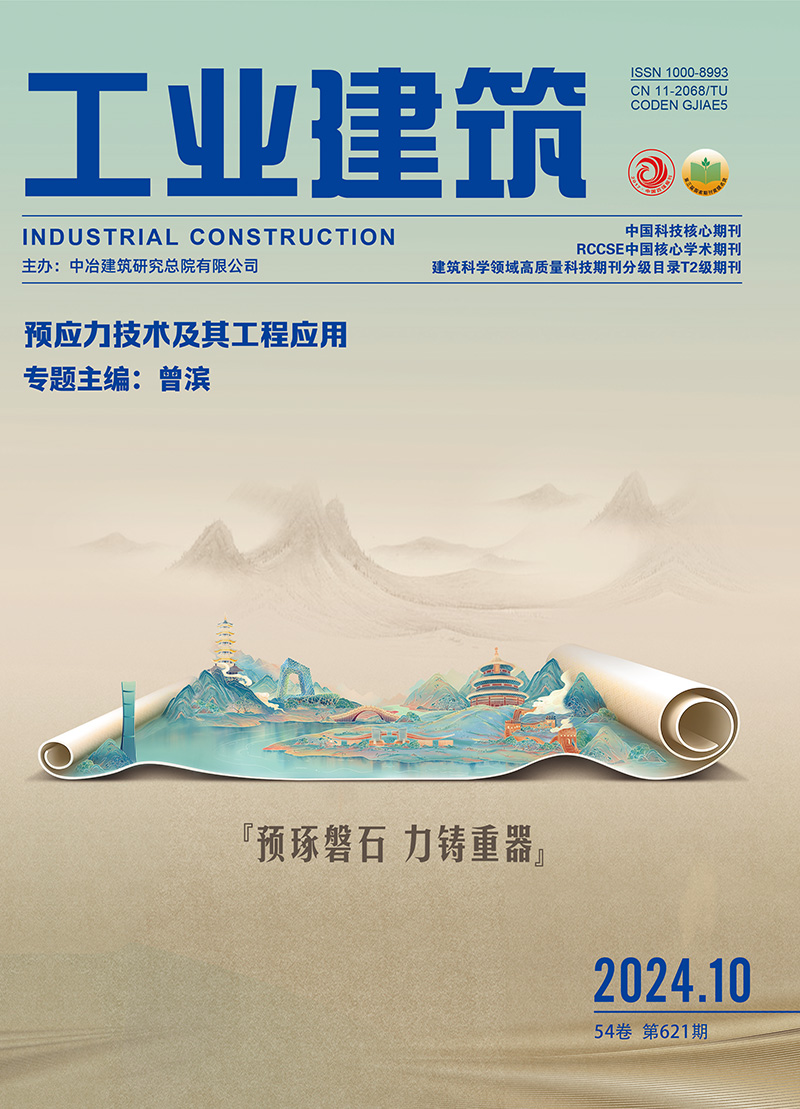| [1] |
WANG A, ZHANG M, REN B, et al. Ventilation analysis of urban functional zoning based on circuit model in Guangzhou in winter, China[J]. Urban Climate, 2023, 47, 101385.
|
| [2] |
吴文倩,吴息,王彬滨,等.风速概率分布参数对城市扩展规模的响应[J]. 科学通报,2017,62(Z2):3369-3378.
|
| [3] |
刘曰庆,孙希华,孙宇祥,等.1998—2016年中国大气PM2.5污染浓度空间格局演化:基于339个城市的实证研究[J]. 长江流域资源与环境,2020,29(5):1163-1173.
|
| [4] |
GU K, FANG Y, QIAN Z, et al. Spatial planning for urban ventilation corridors by urban climatology[J]. Ecosystem Health and Sustainability, 2020, 6(1),1747946.
|
| [5] |
罗鑫玥,陈明星.城镇化对气候变化影响的研究进展[J]. 地球科学进展,2019,34(9):984-997.
|
| [6] |
黄焕春,马原,杨海林,等. 特大城市通风廊道的地理设计方法探索[J]. 规划师,2021,37(13):66-71.
|
| [7] |
蔡菊珍,何月,樊高峰,等. 基于风热环境评估的城市通风廊道设计研究:以绍兴市越城区为例[J]. 科技通报,2021,37(3):104-112.
|
| [8] |
史立刚,闫洪哲,程新宇,等. 基于冬季适老风环境模拟的寒地建筑形态优化方法[J]. 西部人居环境学刊,2020,35(5):62-68.
|
| [9] |
FENG W, ZHEN M, DING W, et al. Field measurement and numerical simulation of the relationship between the vertical wind environment and building morphology in residential areas in Xi’an, China[J]. Environmental Science and Pollution Research, 2022,29:11663-11674.
|
| [10] |
庄智,车学娅,王颖,等. 绿色建筑风环境模拟用主导风参数确定[J]. 建筑科学,2019,35(2):129-134.
|
| [11] |
张硕,房小怡,陈静,等. 城市通风廊道规划技术研究:以石家庄都市区为例[J]. 气象与环境科学,2022,45(3):51-61.
|
| [12] |
CHEN Y. Application of a wind environment simulation generation technology in urban planning[J]. Wireless Communications and Mobile Computing, 2022(1),7939772.
|
| [13] |
王彪. 典型住区形态下的风环境评估:以北京为例[J]. 现代城市研究,2022(7):22-28.
|
| [14] |
KU C A, TSAI H K. Evaluating the influence of urban morphology on urban wind environment based on computational fluid dynamics simulation[J]. ISPRS International Journal of Geo-Information, 2020, 9(6), 399.
|
| [15] |
马童,陈天. 城市滨河区空间形态对近地面通风影响机制及规划响应[J]. 城市发展研究,2021,28(7):37-42
,48.
|
| [16] |
杨佳明,安睿,仝照民,等. 基于多尺度地理加权回归的建成环境对通风潜力的影响研究:以武汉市主城区为例[J]. 南京师大学报(自然科学版),2023,46(4):29-39.
|
| [17] |
XIE P, YANG J, SUN W, et al. Urban scale ventilation analysis based on neighborhood normalized current model[J]. Sustainable Cities and Society, 2022, 80, 103746.
|
| [18] |
FANG Y, ZHAO L. Assessing the environmental benefits of urban ventilation corridors: A case study in Hefei, China[J]. Building and Environment, 2022, 212, 108810.
|
| [19] |
LIU W, ZHANG G, JIANG Y, et al. Effective range and driving factors of the urban ventilation corridor effect on urban thermal comfort at unified scale with multisource data[J]. Remote Sensing, 2021, 13(9),1783.
|
| [20] |
XIE P, LIU D, LIU Y, et al. A least cumulative ventilation cost method for urban ventilation environment analysis[J]. Complexity, 2020(1),9015923.
|
| [21] |
申鑫杰,赵芮,何瑞珍,等. 郑州市市区风环境模拟研究[J]. 地球信息科学学报,2020,22(6):1349-1357.
|
| [22] |
YIN J, ZHAN Q, TAYYAB M, et al. The ventilation efficiency of urban built intensity and ventilation path identification: a case study of Wuhan[J]. International Journal of Environmental Research and Public Health, 2021, 18(21),11684.
|
| [23] |
鲜鑫,李晓虹,游诚,等. 建筑规划设计因子对住区建筑室外风环境的综合影响[J]. 建筑节能(中英文),2021,49(1):28-32,41.
|
| [24] |
尹杰,詹庆明. 城市开发强度对通风环境的影响及风道识别:以武汉市为例[J]. 三峡大学学报(自然科学版),2020,42(3):78-84.
|
| [25] |
PALUSCI O, MONTI P, CECERE C, et al. Impact of morphological parameters on urban ventilation in compact cities: the case of the Tuscolano-Don Bosco district in Rome[J]. Science of the Total Environment, 2022, 807, 150490.
|
| [26] |
王冠,周宏轩,王文真,等. 中微观尺度上城市形态指标与城市通风的关联性研究进展[J]. 生态科学,2023,42(1):252-262.
|
| [27] |
姚佳伟,黄辰宇,庄智,等. 面向城市风环境精细化模拟的地面粗糙度参数研究[J]. 建筑科学,2020,36(8):99-106.
|
| [28] |
夏冬,王静,孙丽烨,等. 珠海市某标志性超高层建筑群的室外风环境及舒适性模拟[J]. 中山大学学报(自然科学版),2019,58(4):42-52.
|
| [29] |
YUAN C, NG E. Building porosity for better urban ventilation in high-density cities:A computational parametric study[J]. Building and Environment, 2012, 50: 176-189.
|
| [30] |
Da SILVA F T, REIS JR N C, SANTOS J M, et al. Influence of urban form on air quality: The combined effect of block typology and urban planning indices on city breathability[J]. Science of the Total Environment, 2022, 814, 152670.
|
| [31] |
王伟武,黎菲楠,王頔,等. 基于通风潜力及风特征量化分析的城市风道构建[J]. 浙江大学学报(工学版),2019,53(3):470-481.
|
| [32] |
陈赫名. 基于大数据识别与CFD技术的北京通风廊道精细化规划研究[D]. 北京:北方工业大学,2021.
|
| [33] |
方云皓. 基于气候适宜性的城市通风廊道构建与管控研究[D]. 合肥:安徽建筑大学,2021.
|
| [34] |
黄闯,魏宗财,曹靖,等. 城市通风廊道系统构建及管控探索:以合肥市为例[J]. 上海城市规划,2020(4):120-125.
|
| [35] |
SHAERI J, AFLAKI A, YAGHOUBI M, et al. Investigation of passive design strategies in a traditional urban neighborhood: A case study[J]. Urban Climate, 2018, 26: 31-50.
|
| [36] |
颜文涛,李子豪,菅天语,等. 空气环境健康导向下的老旧社区生态化更新:理论框架与案例实践[J]. 城市发展研究,2022,29(1):121-132.
|


 Login
Login Register
Register E-alert
E-alert







 DownLoad:
DownLoad: